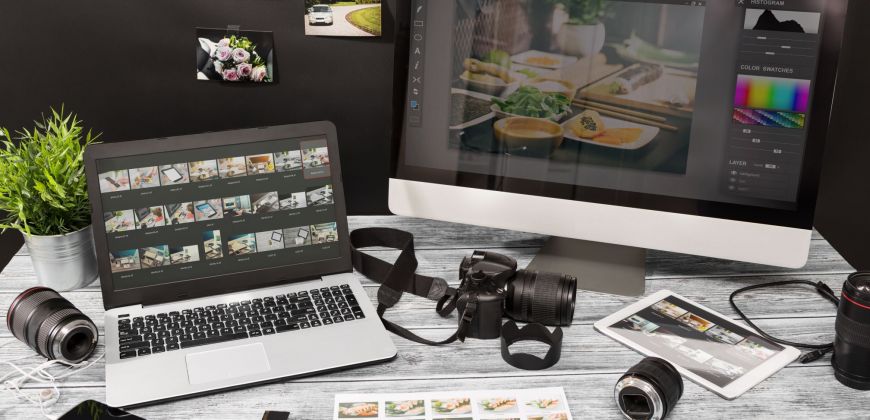
Typesetting in Foreign Languages
Posted on 6 Jun 2018
There is a lot more to typesetting than meets the eye. There is also more to avoiding a typographical error than just thinking about correct spelling and punctuation.
Many years ago, each page of moveable lead type was composed by hand in a forme and then mounted in a press. This was then rendered obsolete by the Linotype machine and hot-metal typesetting at the end of the 19th century, enabling a single operator to do the work of ten human compositors.
During the 1960s, Phototypesetting systems began to appear on the scene and quickly replaced continuous casting machines. These systems consisted of a glass disk containing the font images, which was spun in front of a light source and exposed the selected characters onto light-sensitive paper. The paper was then developed using photographic chemicals, resulting in blocks of text in black on white paper, typeset according to the required font size, weight, leading, column width and other stylistic settings. This text was then cut and pasted into position in a physical design layout.
The Digital era has enabled many more people to become skilled in the art of typesetting and desktop publishing particularly since the mid-1980s, when Apple Macintosh computers became the tool of choice for many Graphic Designers and Publishers. With the introduction of software such as Aldus PageMaker, Quark Xpress, Adobe Illustrator and more recently, Adobe InDesign, many companies have been able to produce their publications at a much lower cost by either employing in-house or freelance artworkers, who can work from any location.
These advances have also meant that many more companies can typeset and publish their own promotional, technical and educational materials - even in foreign languages - quickly and easily, whilst retaining their original design layout and house styles.
When it comes to multilingual typesetting there are a number of extra considerations for the typesetter. For example, many foreign languages contain accented characters which need to be rendered correctly throughout the publication. This is something which needs to be checked diligently at the proofing stage.
Another consideration is whether the translated copy will actually fit into the allocated space in the original design layout. For example, a German translation will typically be around 20% longer than the English source text, which means that some font size concessions may need to be considered, or alternatively, some editing of the translation may be necessary in order for it to fit the space comfortably. Hyphenation also plays an important role here and needs to correctly follow the rules for each particular language.
Other languages such as Arabic, Urdu, Hebrew and Farsi read from right-to-left. When designing a publication for multilingual output, this is something which needs to be considered early in the design process. In order for the pagination to be correct for these languages, the artwork will need to be flipped over. This means that images, columns and bullet points may need to be moved on the page, to mirror their original position.
Further considerations when typesetting Japanese, Chinese and Thai publications include the dilemma of where to place line breaks in the typeset publication. In the written Thai language, for example, line breaks follow word boundaries, but are not separated by spaces. Spaces are instead used as phrase separators like commas and full stops.
Given all of these additional considerations when typesetting multilingual publications, it is likely that the non-linguist may struggle or introduce errors into their work which may go unnoticed, until the publication reaches the desk of a native speaker of the language.
In view of this, a translator or a proof reader of the language in question should always be asked to check the final proofs prior to publication online or in print, so that typographical and linguistic issues can be resolved.



